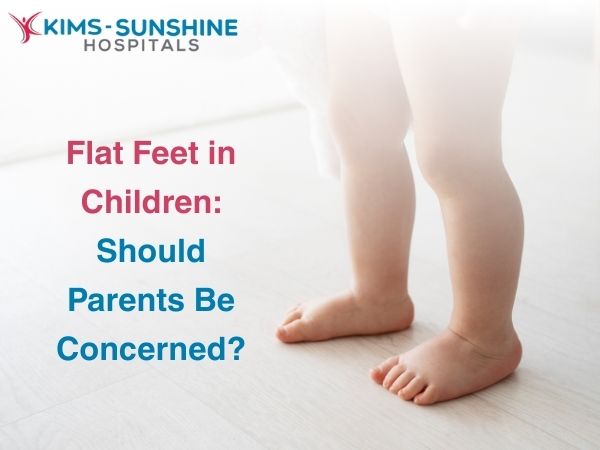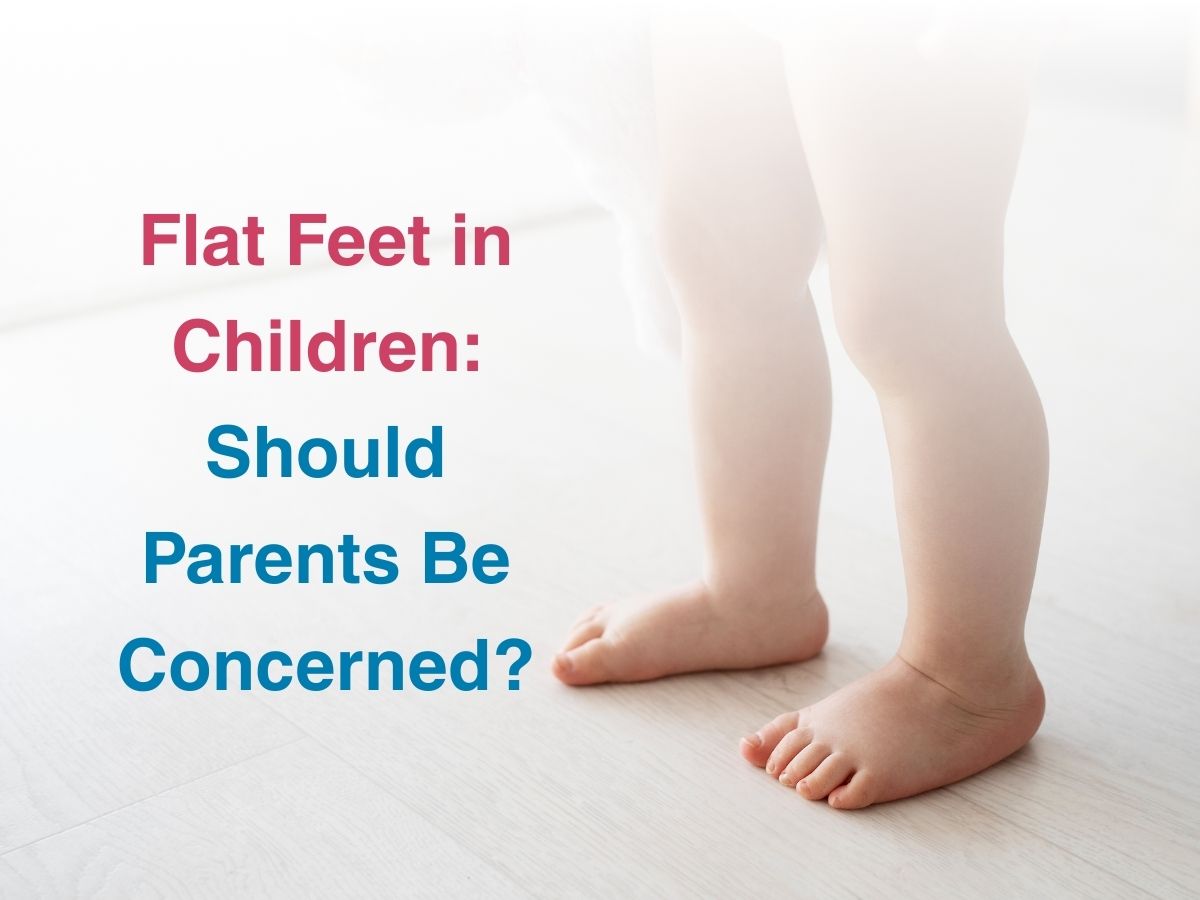
Flat Feet in Children: Should Parents Be Concerned?

Symptoms Of Flat Feet In Kids-
Flat feet in children often show up without the dramatic pain parents usually imagine, but instead through subtle signs like feet that seem to spread wide and touch the ground without a noticeable arch, ankles that appear to roll inwards while walking, or a gait that looks slightly clumsy. It is especially noticeable when a child is running, jumping, or trying to balance and although many children with flat feet experience no pain at all, some might complain of tired legs after playing, stiffness in the heel or arch, or an occasional ache that surfaces after long hours of walking.
Paediatric Flatfoot Treatment Options: Non-Surgical
Treatment rarely begins with talk of surgery, as paediatric orthopaedists understand that many cases are flexible and will improve naturally as the child grows. So, the first line of management usually includes reassurance for parents alongside lifestyle adjustments such as encouraging barefoot play on soft ground like grass or sand, which naturally strengthens the intrinsic muscles of the foot. For children who show discomfort or excessive fatigue, doctors may recommend physiotherapy exercises like heel raises, toe curls, or balance activities that retrain the arch to engage. If footwear contributes to the discomfort, switching to shoes with firm support and a wide base can make a visible difference.
Impact Of Flat Feet On Kid’s Sports And Activities-
The worry for many parents arises when a child with flat feet wants to take part in sports, dance, or long outdoor activities, because the assumption is that the absence of a visible arch will limit speed, agility, or endurance. But, research shows that children with flexible flat feet can perform just as well as their peers, provided they are not experiencing pain. While it is true that in some cases flat feet may predispose a child to shin splints, ankle sprains, or quicker fatigue during high-impact activities, these risks can often be managed with simple measures like strengthening the lower leg muscles, stretching the Achilles tendon and ensuring footwear provides proper cushioning and stability. Interestingly, some elite athletes worldwide have flat feet yet excel at their sport, which should reassure parents that the presence of flat feet is not automatically a barrier to performance. It just calls for extra attention to warm-ups, cool-downs, and avoiding overtraining in the growing years.
When To See Doctor For Child’s Flat Feet-
Parents often ask when exactly they should seek medical advice for their child’s flat feet and the answer lies not just in how the feet look but how they function. If the child runs, jumps and plays without pain or fatigue, observation is usually sufficient, but if there are complaints of aching heels, calves, or arches, reluctance to walk long distances, uneven shoe wear, or frequent tripping – a consultation with a paediatric orthopaedist is warranted. Red flags include rigid flat feet, swelling, or sudden onset of pain after injury, which should never be ignored, as timely evaluation can rule out rare but serious conditions. In India, where barefoot play and footwear quality vary widely, medical advice also helps parents separate myths from facts, ensuring that unnecessary treatments are avoided and necessary interventions are not delayed.
Conclusion
Flat feet in children, while often a cause for parental concern, are in most cases a normal variant of growth, especially when they are flexible and painless. Rather than being an automatic medical problem, they are best understood as a spectrum, with some children outgrowing them entirely and others simply needing minor adjustments or support. Parents should focus on comfort, activity level and symptoms rather than the mere appearance of the arch, because the foot is not just a structure to be judged by its shape but a dynamic foundation for movement, balance, and play. If children are increasingly involved in school sports, long commutes, and indoor lifestyles, awareness of proper footwear, safe activity and timely consultation matters more than ever!






